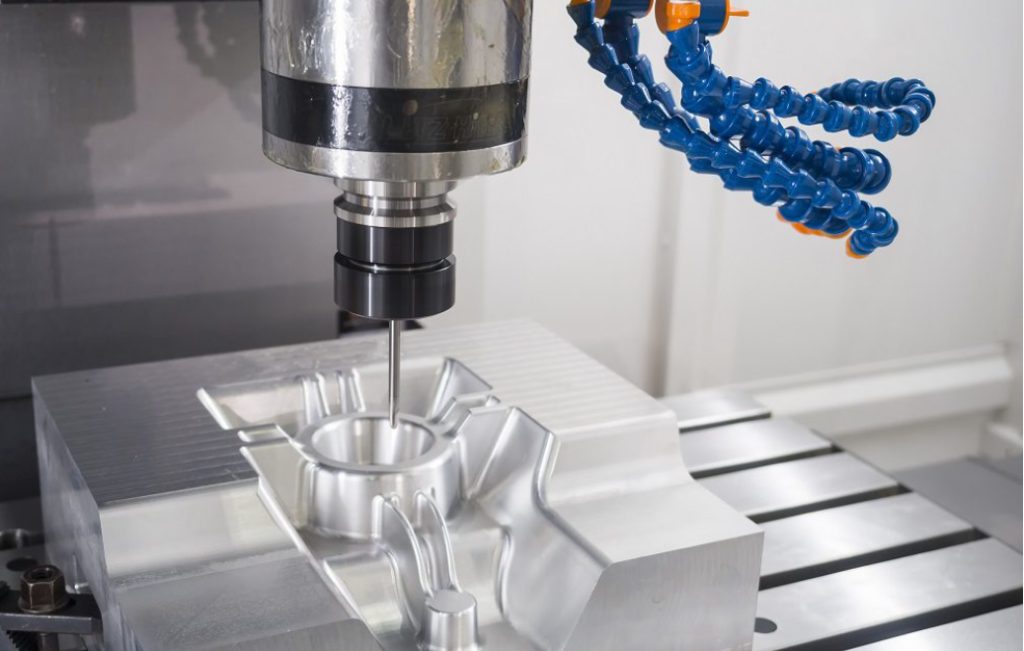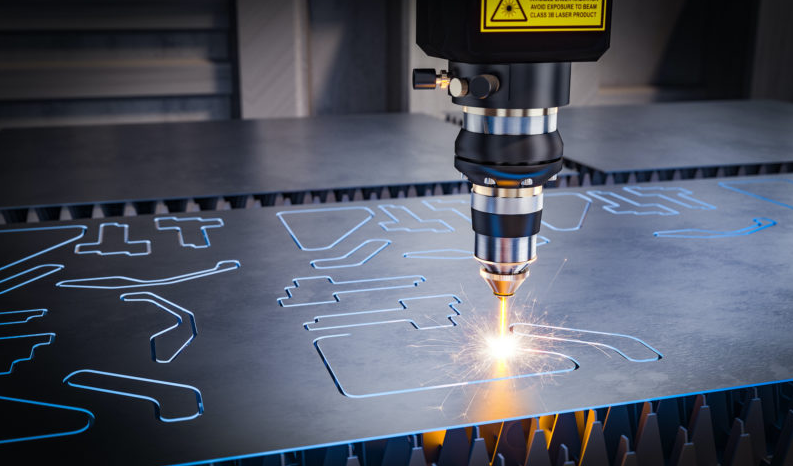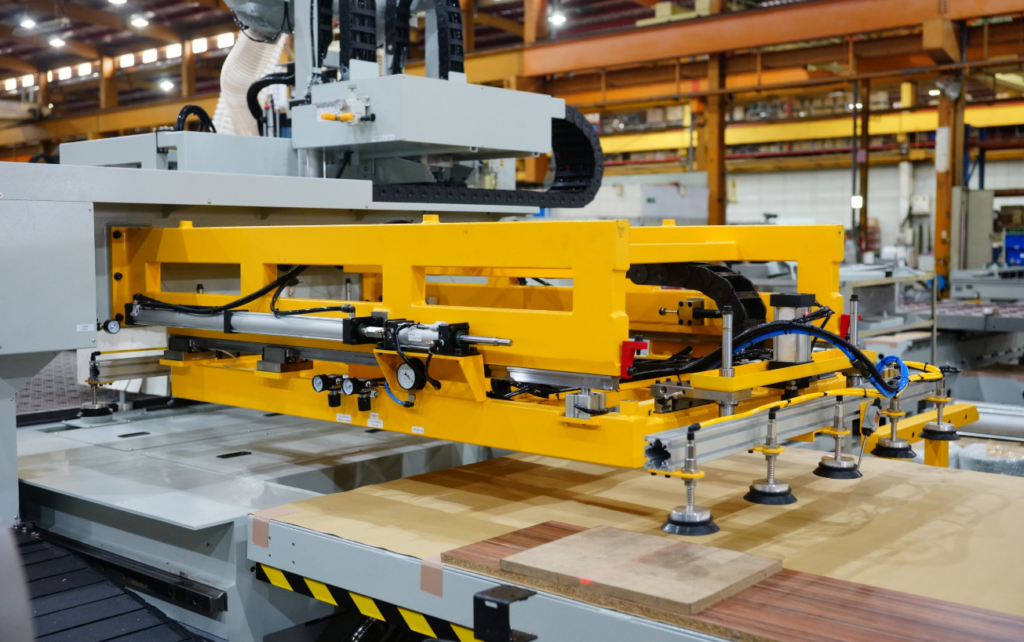CNC (Computer Numerical Control) machines represent one of the most significant advancements in modern manufacturing. These automated tools use programmed instructions to control the movement of factory tools and machinery with precision measured in thousandths of an inch. The technology has fundamentally transformed how we produce everything from automotive components to medical devices.
 The origins of CNC technology date back to the 1940s when the U.S. Air Force sought more efficient methods for producing complex aircraft parts. Early numerical control machines used punched tape systems, but the introduction of computers in the 1960s revolutionized the technology. Today’s CNC systems leverage powerful software and servo motors to achieve positioning accuracy within 0.0025 mm (0.0001 inches) on high-end machines, though most industrial applications maintain tolerances of ±0.025 mm (±0.001 inches).
The origins of CNC technology date back to the 1940s when the U.S. Air Force sought more efficient methods for producing complex aircraft parts. Early numerical control machines used punched tape systems, but the introduction of computers in the 1960s revolutionized the technology. Today’s CNC systems leverage powerful software and servo motors to achieve positioning accuracy within 0.0025 mm (0.0001 inches) on high-end machines, though most industrial applications maintain tolerances of ±0.025 mm (±0.001 inches).
Modern CNC machines operate using G-code, a programming language that controls all aspects of the machining process. This code dictates tool paths, spindle speeds (typically ranging from 500 to 15,000 RPM for milling machines), feed rates (usually between 0.05 and 0.5 mm per revolution for cutting operations), and depth of cuts. The programming can be generated through CAD/CAM software, allowing engineers to design parts in 3D modeling programs that automatically convert designs into machine instructions.
Several distinct types of CNC machines dominate industrial manufacturing. CNC milling machines, perhaps the most common variety, use rotary cutting tools to remove material from a workpiece. These range from small benchtop models with 300 x 200 mm work areas to massive gantry mills capable of machining entire aircraft wings. CNC lathes, another fundamental type, rotate the workpiece against cutting tools to create cylindrical parts like shafts and bushings. Modern turning centers often combine milling and turning capabilities in single machines.
Other specialized CNC machines include plasma cutters for metal fabrication (cutting speeds up to 125 inches per minute on 1/2 inch steel), waterjet cutters capable of slicing through 200 mm thick materials, and electrical discharge machines (EDMs) that use controlled sparks to shape extremely hard metals. The aerospace industry frequently employs 5-axis CNC machines that can approach workpieces from any direction, enabling the production of complex turbine blades and structural components.
The advantages of CNC machining over manual methods are numerous and measurable. Automated production reduces human error – where a skilled manual machinist might achieve 95% accuracy on repetitive tasks, CNC machines routinely maintain 99.9% consistency. This precision comes with significant productivity gains; one study by the National Institute of Standards and Technology found CNC machining centers can produce parts 5-10 times faster than conventional methods for complex components.
Material versatility represents another key benefit. CNC machines work with virtually all engineering materials – from soft plastics to superalloys like Inconel. Aluminum remains the most commonly machined metal (approximately 45% of CNC work), followed by steel (30%), with plastics, titanium, and other materials comprising the remainder. The process can handle material hardness up to about 65 HRC (Rockwell C scale) before requiring specialized tooling or alternative methods like grinding.
Despite these advantages, CNC machining does present some limitations. Initial setup costs are substantial, with industrial CNC mills ranging from $50,000 for basic models to over $500,000 for advanced 5-axis systems. Tooling expenses add significantly to operational costs – a single carbide end mill might cost $50-$200 and last only 10-20 hours of cutting time in tough materials. The technology also requires skilled programmers and operators, with trained CNC machinists commanding salaries between $45,000 and $85,000 annually in the United States.
Recent advancements continue to push CNC capabilities forward. High-speed machining techniques now allow spindle speeds exceeding 30,000 RPM for certain applications, while improved tool materials like polycrystalline diamond extend cutter life in abrasive materials. The integration of IoT technology enables real-time monitoring of tool wear and machine performance, reducing unplanned downtime. Perhaps most significantly, the development of hybrid manufacturing systems combines CNC machining with 3D printing in single work cells.
As manufacturing evolves, CNC technology remains at its core. Current estimates suggest there are over 1 million CNC machines in operation worldwide, producing components valued at trillions of dollars annually. From the smartphone in your pocket to the jet engines powering transatlantic flights, CNC machining touches nearly every aspect of modern life, continuing its decades-long role as the backbone of precision manufacturing.








